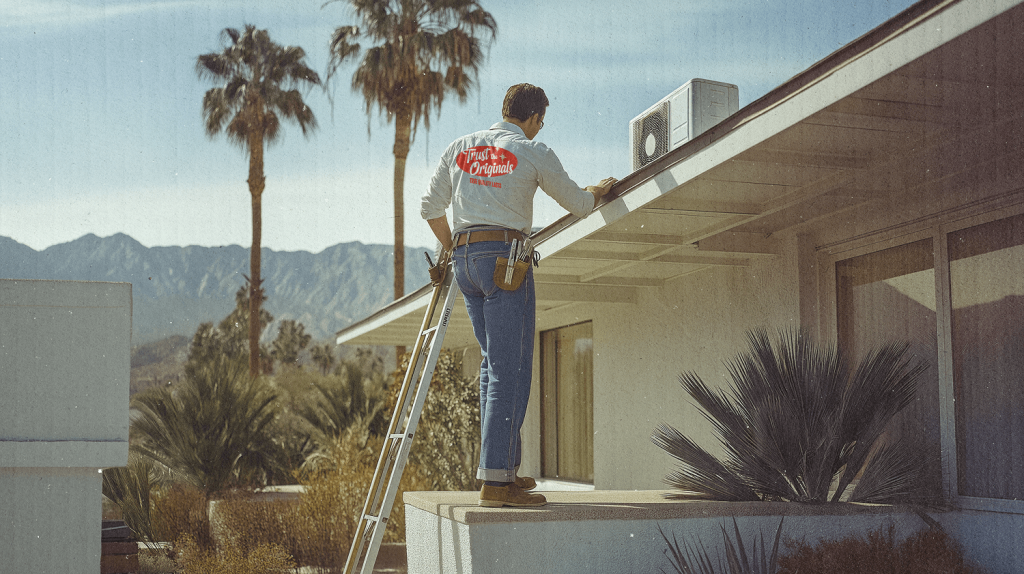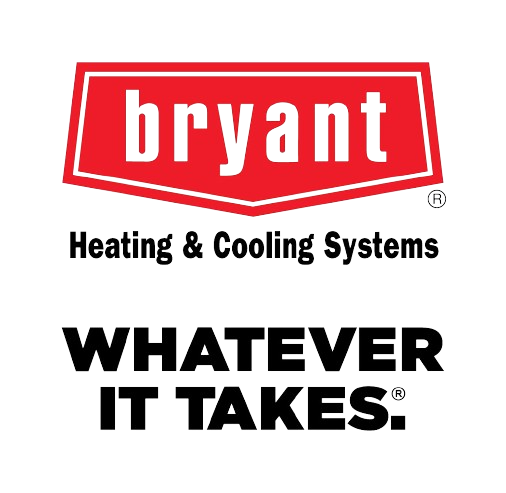Content Table
Don’t let code violations stall your comfort, or your budget
When installing a new AC in California, understanding Title 24 (Part 6 of the California Building Code) is crucial. It regulates ductwork (materials, insulation, sealing, sizing, and ventilation) to ensure energy efficiency, comfort, and indoor air quality.
Why California has so many rules
Blame the weather and the grid. California’s Title 24 Energy Code is designed to lower power use, reduce emissions, and improve indoor air quality. Your ductwork plays a huge role in that.
The state enforces:
- Approved materials only (UL-181 listed)
- Required insulation based on where your ducts run
- Strict sealing standards and leakage testing
- Duct design based on airflow calculations, not guesswork
- Whole-home ventilation to improve air quality
Whether you’re replacing an old AC or just doing ductwork, these rules apply. Skip them and you risk inspection failures, higher energy bills, or comfort issues down the line.
Duct materials you can (and can’t) use
California only allows factory-approved, UL-listed ducting materials. That includes:
- Galvanized steel (sheet metal)
- UL 181-rated flexible ducts (with proper inner liners)
- Fiberglass duct board (rigid, insulated)
Bottom line: You might save a few bucks on unapproved parts, but you’ll pay more when it comes time to inspect or replace.
Insulation requirements (R‑value rules)
Insulation matters, especially in our desert climate.
- Unconditioned spaces (attics, crawlspaces, garages): Minimum R-8 insulation
- Conditioned areas (inside your living space): Minimum R-4.2
Insulation keeps your system efficient and reduces condensation (which can lead to mold). When it comes to energy savings, this is one of the smartest upgrades you can make.
Duct sealing & leak testing
Any time we replace more than 40 feet of ductwork (or install a new system) we’re required to seal every joint with mastic or UL-approved tape and test it for leaks.
The goal: less than 6% leakage in new systems.
For alterations: up to 15% may be allowed (but we still aim to beat it).
Why it matters: Leaky ducts waste cold air. That means your AC works harder and you pay more every month. We seal tight and test before calling it done.
Duct sizing & design
Ever wonder why some rooms are always hotter or colder than others?
A lot of times, the ducts are the problem, not the AC. That’s why California requires ducts to be sized using ACCA Manual D or similar engineering guidelines.
We don’t guess. We measure. Every system we install is designed to move air efficiently, quietly, and evenly throughout your home.
Whole-home ventilation (and why you need it)
As homes get tighter and more energy-efficient, indoor air quality becomes a bigger issue. That’s why Title 24 now requires ventilation systems to bring in fresh air, even when windows are closed.
Depending on your home’s layout, that might mean an ERV, HRV, or integrated fan system. We’ll let you know what’s required and what fits your setup best.
What happens if you don’t follow code?
Here’s what skipping compliance can cost:
- Failed inspections and permit delays
- Surprise upgrade costs
- Shortened system life
- Missed rebates
- Higher monthly energy bills
What we do differently at KC’s
We’ve been working in California homes for over 40 years, and we know the ins and outs of Title 24. When you call KC’s, here’s what you get:
- UL-listed, USA-made materials
- Factory-trained techs who do it right the first time
- Free duct consultations with every new install
- Leak testing and permits handled for you
- Flat-rate pricing: No surprises, no games

Ready to install a new AC?
If your AC unit is more than 10 years old, or your ducts haven’t been looked at in a while, you could be losing comfort… and money. Let us check it out, walk you through the process, and handle the code compliance from start to finish.
Call now for a same-day consultation, or book online any time.

